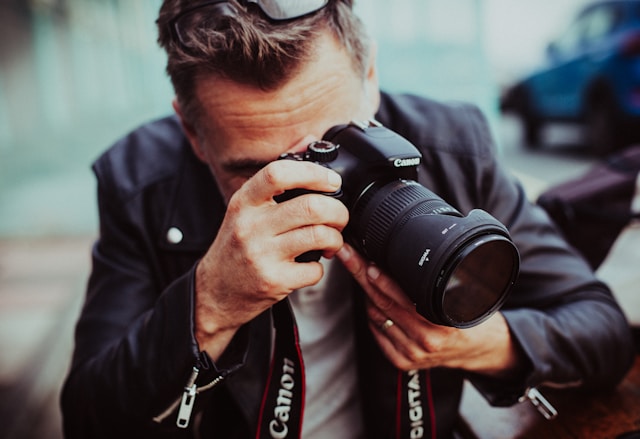Shane Gross wins the prestigious award at the Natural History Museum’s 60th competition, highlighting overlooked species like western toad tadpoles.
In a stunning showcase of nature’s beauty, Shane Gross, a marine conservation photojournalist from Canada, has been awarded the prestigious Wildlife Photographer of the Year title for his mesmerizing image of western toad tadpoles. The announcement came during an awards ceremony held at the Natural History Museum in London on 8 October 2024, celebrating the competition’s 60th anniversary.
The annual event drew an impressive number of entries, with a record-breaking 59,228 photographs submitted from 117 countries. Gross’s captivating image triumphed over fierce contenders, including striking scenes of post-coital lions, a hungry jaguar, and a leaping stoat. The judging panel, led by Kathy Moran, was particularly taken by the “mix of light, energy, and connectivity” in Gross’s work, which captures the delicate interplay between the tadpoles and their aquatic environment. Moran also expressed excitement over the inclusion of a new species in the Wildlife Photographer of the Year archive.
Embed from Getty ImagesTadpoles are often overlooked in discussions of wildlife, but these particular western toad tadpoles are classified as near-threatened due to habitat destruction and predation. It is estimated that a staggering 99 per cent of them will not survive to adulthood. Gross managed to capture this poignant moment while snorkelling for several hours through the vibrant underwater landscape of Cedar Lake on Vancouver Island, British Columbia. He carefully navigated through carpets of lily pads, ensuring he did not disturb the fine layers of silt and algae that blanket the lake’s floor.
The Young Wildlife Photographer of the Year title went to Alexis Tinker-Tsavalas from Germany, who impressed the judges with an extraordinary close-up of a springtail insect situated next to the fruiting bodies of slime mould. This image, titled ‘Life Under Dead Wood,’ employs a technique known as focus stacking, merging 36 different images to highlight the intricate details of these microscopic creatures. Moran praised the exceptional skill demonstrated in capturing such a moment, emphasising the importance of these tiny animals to soil health.
As part of the 60th anniversary celebrations, the Wildlife Photographer of the Year exhibition will unveil 100 stunning photographs from around the globe, beginning on 11 October 2024 in London. The flagship exhibition will also include a timeline commemorating key moments in the competition’s rich history, offering visitors a chance to reflect on its evolution over the years.
Among the highlights of this year’s competition are several Highly Commended entries that display remarkable skill and creativity. One standout image, ‘Centre of Attention,’ by Australian photographer Georgina Steytler, captures a ball of male Dawson’s burrowing bees vying for access to a female during mating season. Steytler’s years of study on these bees paid off as she skillfully documented this unique behaviour while maintaining a respectful distance, utilising a long lens to capture the moment.
Another notable image, ‘Deadly Bite’ by British photographer Ian Ford, depicts a jaguar delivering a fatal blow to a yacare caiman in the Pantanal region of Brazil. Ford was alerted to the sighting by a radio call and managed to capture the dramatic moment from his boat, highlighting the fierce beauty of nature and the predatory prowess of this solitary big cat.
Spanish photographer Jose Manuel Grandío braved the freezing conditions in Bourgogne-Franche-Comté, France, to capture ‘Twist and Jump,’ an exuberant stoat leaping through the snow. Grandío’s portrayal of the stoat is a testament to his passion for winter photography, capturing what scientists describe as a form of ‘dancing’ behaviour, which remains a topic of intrigue among wildlife experts.
American photographer Randy Robbins captured a hauntingly beautiful image titled ‘The Last Resting Place,’ featuring a frosted deer on the forest floor. Taken on his smartphone, the image reflects a poignant moment he discovered while checking trail cameras near his home in Susanville, California, showcasing the delicate interplay of nature and the changing seasons.
As the Wildlife Photographer of the Year competition enters its next chapter, the focus remains firmly on showcasing the beauty and fragility of the natural world, reminding us all of the wonders that can be found in even the most overlooked species.
